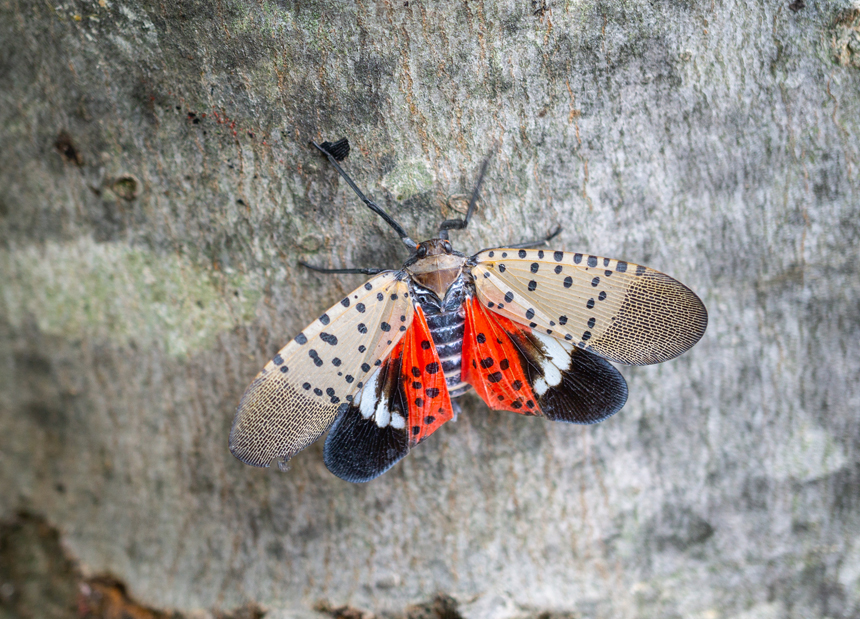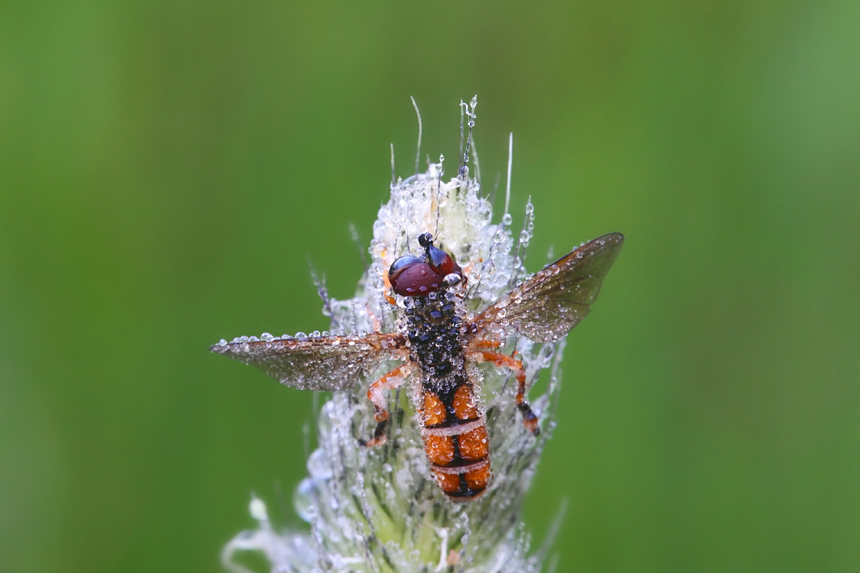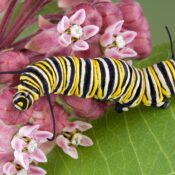A no-cost remodeling job sounds like a great deal. But not if we don’t get any choice in the matter, and especially not if it’s our genetic material that gets rearranged, instead of a kitchen or bathroom. Various microbes can influence animal behavior (even ours) by messing around with our wiring.
When mice and rats are infected with the protozoan parasite Toxoplasma gondii, the microbe does a bit of “epigenic remodeling” to change the expression of their DNA. One result of this free makeover is that infected rodents become sexually aroused by cat urine – to their detriment, obviously. Toxoplasma actually seeks out cats, which are essential for the completion of the microbe’s life-cycle.

A more ominous finding is that kids with Toxoplasma infections may be at a higher risk of mental illness. A number of studies have shown a strong correlation between Toxoplasma and an increased rate of bipolar disorder, aggressive behavior, and impaired cognition in young adults. However, this robust link falls short of proving causation.
Like all warm-blooded critters, wolves are susceptible to Toxoplasma gondii as well. When cougars and wolves share territories, wolves can get exposed to the cat-loving parasite when they feed on the same prey carcasses. Research published in November, 2022 found marked behavioral changes in affected wolves.
Apparently, infected wolves become pack leaders far more often (by a factor of 46 times) than uninfected wolves, and are much more likely to leave their pack for new ranges. The researchers hypothesize that Toxoplasma might increase testosterone levels in wolves, leading to more aggression. While this behavior change has its risks, at least it’s better than being aroused by cat pee.

Let’s talk about gut feelings. As you may know, most cells in the human body are non-human: about 57% belong to gut microbes. Beyond a doubt, gut bacteria strongly influence emotions and behavior. Recent studies also point to bad bowel bugs as a common source of obesity, Parkinson’s disease, and clinical depression.
In the U.S. and many other countries, “fecal material transplants” (FMTs) are widely recognized as a treatment option for certain maladies. Basically, poop from healthy donors who have robust and diverse gut-microbial communities is transferred to patients with faulty feces. FMTs have proved especially good at reducing symptoms of depression. Fecal donors are carefully screened, perhaps more so than sperm donors. I imagine they have less fun donating, though.
There’s a fungus among us that turns insects to zombies. Cornell University biologists found in 2018 that a native fungus, Batkoa major, had killed off a large number of spotted lanternflies. This was a happy massacre, as the invasive bugs devastate vineyards. Batkoa spores enter a lanternfly through leg joints and breathing spiracles. Once inside, the fungus hijacks the insect’s nervous system until it stops eating, mating, or doing anything else fun. Then, the fungus directs the lanternfly to climb up high, such as to the summit of a tall plant.

As its ghoulish choreography unfolds, Batkoa prompts the lanternfly to open its wings to expose its abdomen. That is the bug’s final move. The fungus then exudes threadlike hyphae from the corpse, “sewing” the victim to its perch. A day or so after the lanternfly’s death, Batkoa spores explode from its belly, showering all bugs below with powdered death.
Death by fungus is as old as the dinosaurs. In 2021, Oregon State University scientists found a 50-million-year-old ant preserved in amber. The poor thing had a parasitic mushroom sprouting from its anus like an umbrella. Toxoplasma sounds like a picnic compared to a brain-jacking fungus that kills you and then launches a spore-laden parasol from your butt.
But these things barely register on the creep-o-meter. Entomophthora muscae, a fungal pathogen used commercially to kill flies, delights in turning well-adjusted flies into ardent necrophiliacs, according to a joint Swedish-Danish study. Once a female fly is good and dead, E. muscae begins emitting analogs to the female’s alluring sex pheromone. Countless males line up to copulate with her corpse, in the process becoming fatally infected by spores. E. muscae saves itself a pile of work, as one cadaver infects dozens more flies.

I’m so grateful to be the master of my own destiny. Well, as soon as I finish my wife’s “honey-do” chore list, I will be.
Become a Saturday Evening Post member and enjoy unlimited access. Subscribe now




Comments
Interesting feature even though parts of it are fairly gross, Paul. Depending on what they are, I might have been better off doing your chores for you instead of reading this.